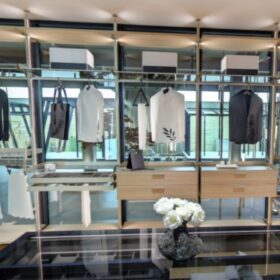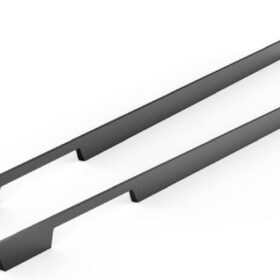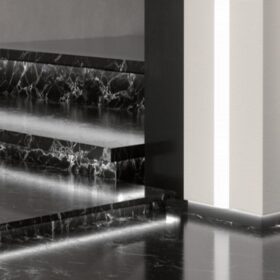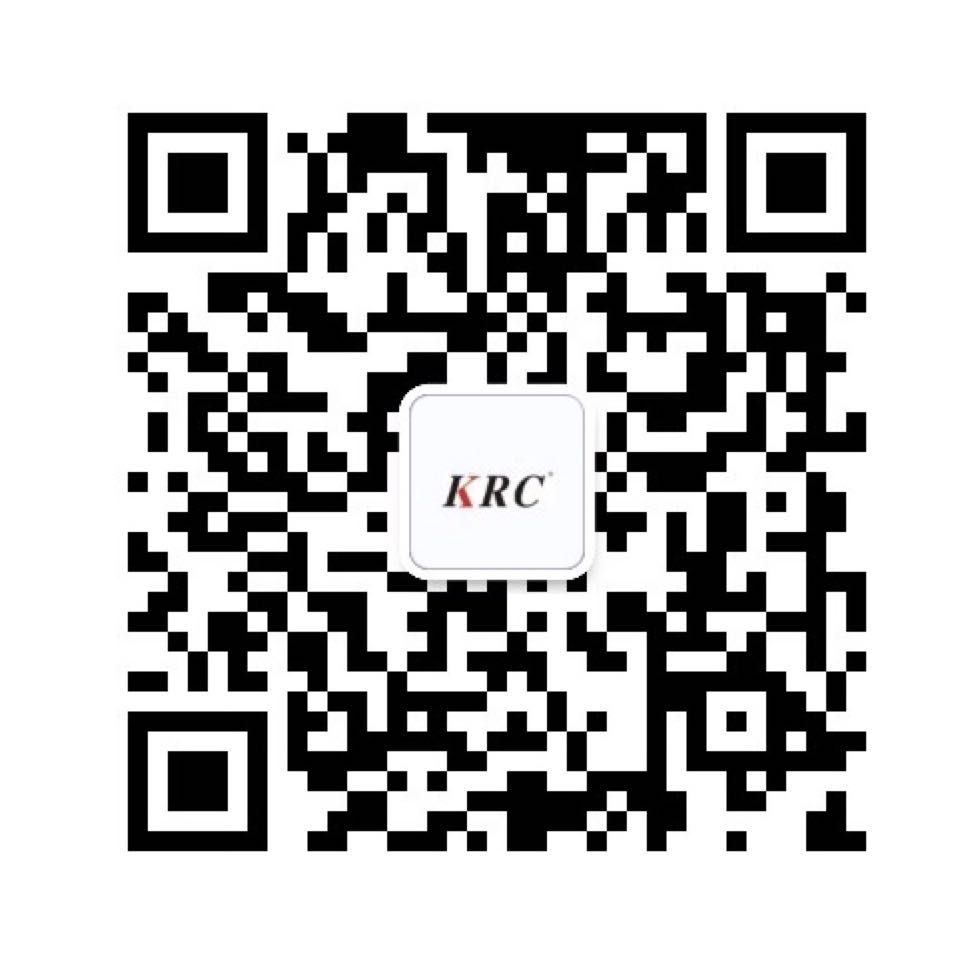Investing in Aluminum Profiles- What to Know
When it comes to construction materials, aluminum profiles are becoming increasingly popular due to their versatility, durability, and cost-effectiveness. Investing in aluminum profiles can be a wise decision for a variety of projects, but it is important to understand the nuances of this material before making a commitment. This article provides a comprehensive overview of what to consider when investing in aluminum profiles, from their advantages and applications to factors affecting their cost.
What are Aluminum Profiles?
Aluminum profiles are extruded shapes made from aluminum alloys. They come in a wide range of shapes and sizes, from simple angles to complex architectural details. Aluminum profiles are lightweight, strong, and resistant to corrosion, making them ideal for a variety of applications.
Advantages of Aluminum Profiles
Lightweight and Strong
Aluminum profiles are remarkably lightweight, which makes them easy to handle and install. Despite their low weight, they offer exceptional strength and durability, making them suitable for structural applications.
Corrosion Resistance
Aluminum naturally forms a protective oxide layer that resists corrosion, making aluminum profiles ideal for use in harsh environments where exposure to moisture, chemicals, or salt is a concern.
Versatility
Aluminum profiles can be extruded into a wide range of shapes and sizes, allowing for customization and flexibility in design. This versatility makes them suitable for a variety of applications, from architectural facades to industrial machinery.
Cost-Effectiveness
Compared to other materials such as steel or stainless steel, aluminum profiles offer a competitive price point, making them a cost-effective option for many projects.
Applications of Aluminum Profiles
Architecture and Construction
Aluminum profiles are widely used in architectural applications, including window frames, curtain walls, and roofing systems. They also find applications in interior design, such as ceiling tiles and wall cladding.
Industrial Applications
Due to their strength and corrosion resistance, aluminum profiles are commonly used in industrial applications such as machinery, conveyor systems, and transportation equipment.
Consumer Products
Aluminum profiles are also found in consumer products, including furniture, appliances, and electronics. Their lightweight and aesthetic qualities make them a popular choice for these applications.
Factors Affecting the Cost of Aluminum Profiles
Alloy Type
Different aluminum alloys have varying properties and prices. Alloys with higher strength and corrosion resistance typically cost more.
Shape and Complexity
The shape and complexity of the profile can significantly affect its cost. More complex profiles require more specialized tooling and manufacturing processes, leading to higher costs.
Quantity
Ordering aluminum profiles in larger quantities can often result in lower unit costs due to economies of scale.
Surface Treatment
Surface treatments such as anodizing or powder coating can enhance the appearance and durability of aluminum profiles but also add to their cost.
Conclusion
Investing in aluminum profiles can be a wise decision for a wide range of projects. However, it is important to understand the advantages, applications, and factors affecting the cost of these materials before making a commitment. By considering the factors outlined in this article, you can make informed decisions that will optimize the value of your aluminum profile investment.
-
2024-11-29Top Trends in Modern Kitchen Cabinet Pulls for 2024
-
2024-11-28The Ultimate Guide to Modern Kitchen Cabinet Pulls- Materials, Styles, and Tips
-
2024-11-27Elevate Your Kitchen Design with These Must-Have Modern Cabinet Pulls
-
2024-11-26Sleek and Stylish- The Best Modern Kitchen Cabinet Pulls for a Contemporary Look










